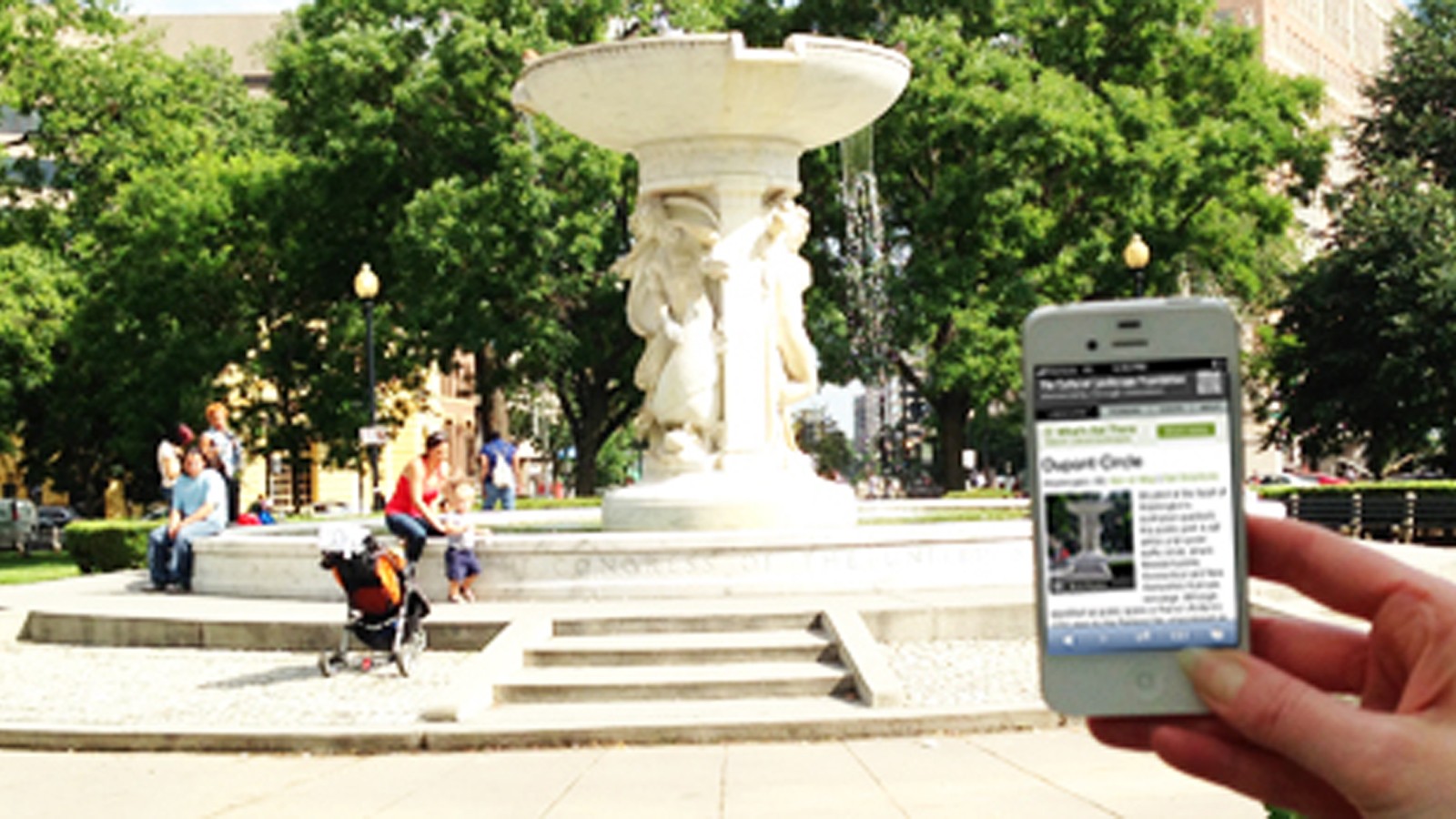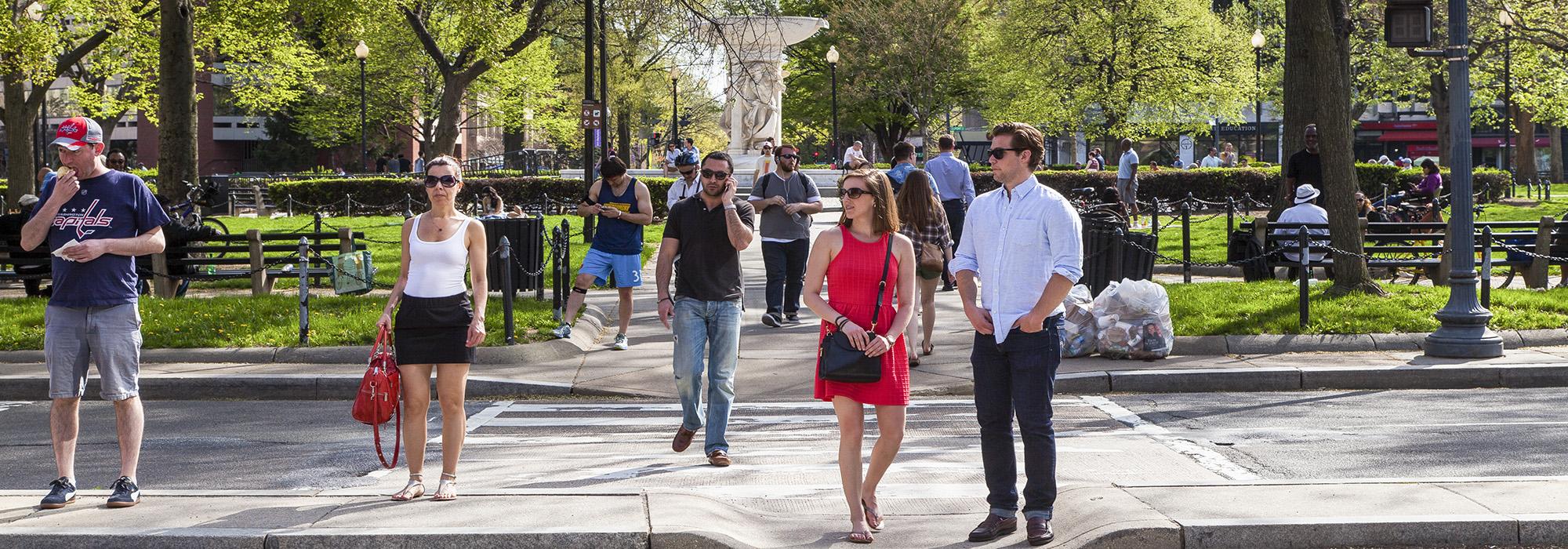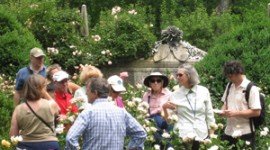Just in Time for Summer Travel, What's Out There for Smartphones

The What’s Out There (WOT) database has been optimized for smartphones and other handheld devices just in time for summer travelers. And, a new feature – What’s Nearby – allows GPS-enabled devices to identify WOT sites up to a 25-mile radius from any given location. It’s easy to use and there’s no app to download – just go to tclf.org and explore.


(upper) The map interface for What's Nearby shows sites
within 25 miles based on GPS; (lower) the Events page is
redesigned to work better at the scale of a smartphone. WOT, launched in October 2009, is the most comprehensive, searchable database of the nation’s publicly accessible designed landscapes, spans more than two centuries of American landscape design and is searchable by landscape name, locale, designer, type, and style. It’s profusely illustrated and includes a glossary of 27 types, 49 sub-types, and 14 styles, more than 650 designer profiles (from the Pioneers of American Landscape Design), 1,350 site entries, 9,000 images, descriptions of some of our country’s most important cultural landscapes, and relevant links. In addition to the new What’s Nearby function, the optimization features larger text and photos along with maps and photos that can be “scrolled” to see the next page, and a simplified menu that focuses on What’s Out There, Pioneers, and foundation-organized events.
“The greatest increase in traffic to WOT and the foundation’s Web site is coming from hand held devices, which more than doubled in the past year,” said Charles A. Birnbaum, TCLF Founder and President. “The upgrades and improvements, particularly the What’s Nearby function, will permit landscape lovers, heritage travelers or simply those with some spare time, to discover, visit and enjoy the nation’s rich legacy of designed landscapes.”
Additions from around the country are made each week to WOT and there are also initiatives focused on individual states. In 2012, more than 150 Maine sites were added in a dedicated project funded in part with a grant from the National Endowment for the Arts Art Works program, and this year, again with NEA funding, at least 100 Virginia sites will be added.
Funding for the hand held optimization was made possible by grants from the Richard H. Driehaus Foundation and the National Center for Preservation Technology and Training.




